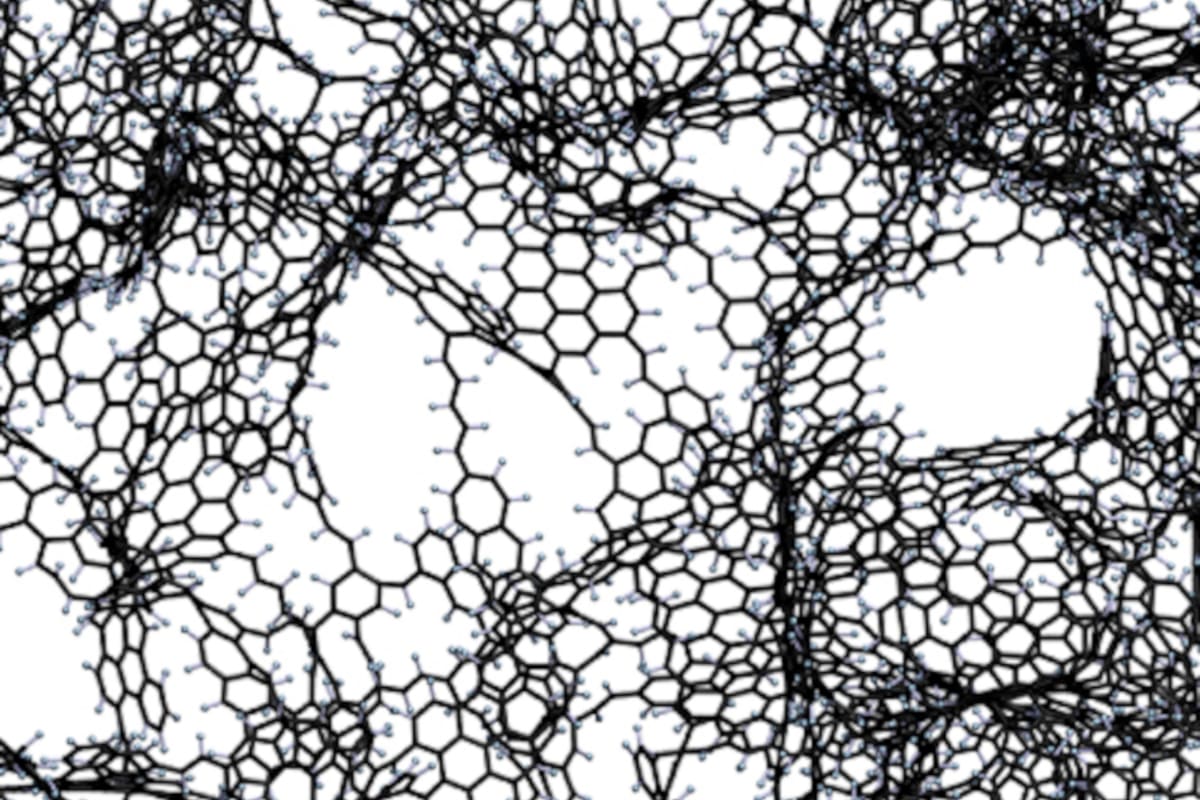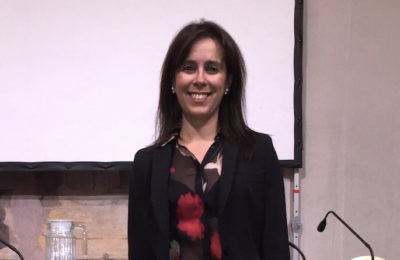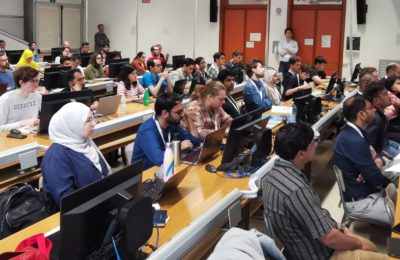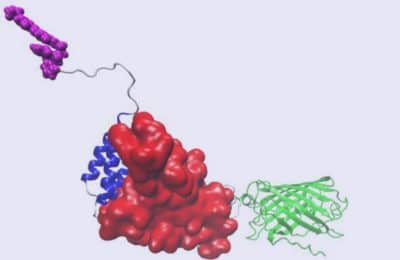Graphene-based nano-porous materials are potentially useful for all those applications needing a large specific surface area, typical of the bidimensional graphene, yet realized in the bulk dimensionality. Such applications include for instance gas storage and sorting, catalysis and electrochemical energy storage. Still the controlled production or even characterization of Graphene-based nano-porous materials with porosity strictly at the nano-scale raises issues.
Luca Bellucci, Francesco Delfino and Valentina Tozzini from Cnr Nano exploited molecular dynamics simulations, Monte Carlo methods and machine learning algorithms to develop a method capable of building realistic models with pre-determined density and porosity. This goal is achieved using a multi-step strategy mimicking the real synthesis process. Starting from randomly distributed flakes, the team included defects, perforation, structure deformation and edge saturation on the fly, and, after structural refinement, they obtained realistic models, with given structural features. The team find relationships between the structural characteristics and size distributions of the starting flake suspension and the final structure, which can give indications for more efficient synthesis routes.
Researchers give a full characterization of the models versus H2 adsorption, and extract quantitative relationship between the structural parameters and the gravimetric density. The results quantitatively clarify the role of surfaces and edges relative amount in determining the H2 adsorption, and suggest strategies to overcome the inherent physical limitations of these materials as adsorbers. The team implemented the model building and analysis procedures in software tools, freely available upon request.
In silico design, building and gas adsorption of nano-porous graphene scaffolds, Luca Bellucci, Francesco Delfino and Valentina Tozzini1, 2021 Nanotechnology 32 045704. https://doi.org/10.1088/1361-6528/abbe57



